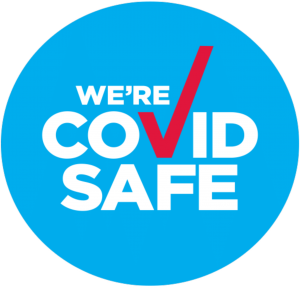Solutions for Elbow Pain and Injuries
Physiotherapy and clinical exercise programs are available for elbow pain and injuries to decrease pain, progress towards optimum function and prevent recurrence of the problem.
Treatments Available Include:
- Strengthening Exercises
- Pre and Post-Operative Care
This approach is beneficial for conditions such as:
- Golfer’s Elbow
- Tennis Elbow
- Ulnar Nerve Entrapment (Cubital Tunnel Syndrome)
- Elbow Fractures & Sprains
- Post-Operative Rehabilitation
Tennis Elbow
Pain on the outside of the elbow is one of the more common sites for elbow pain. Maximal tenderness is generally felt next to the bony protrusion on the lateral elbow called the (lateral epicondyle).
Tenderness may also be felt at the mid forearm and even radiate to the wrist and fingers, this will be aggravated by extending the wrist while trying to hold or lift an object with a pronated hand (palm down).
Causes
Tennis elbow may occur soon after an unaccustomed action or activity, or more insidiously with repeated gripping actions, even lifting a kettle for a cup of tea.
Although as its name implies, it is a common injury arising from a tennis backhand, other aggravating manual tasks may include cooking, knitting, working with tools, gym-work and using a keyboard for extended periods of time.
Tennis elbow is not a definitive diagnosis and may also be called an extensor Tendinopathy, lateral epicondylitis, lateral epicondylagia.
Other sources of pain:
• Cervical spine
• Thoracic spine
• Referred pain from shoulder muscles
• Elbow joint dysfunction
• Nerve entrapment
Examination
On examination grip force is reduced in combination with wrist extensor weakness, yet there is increased tightness and activation of the long finger extensors.
Pain may also be found on the opposite arm in long standing cases, due to central sensitization.
Assessment
• Passive, active and resisted movements
• Palpation for myofascial trigger points
• Examination of scapular muscles
• Cervical spine
• Thoracic spine
• Neural tension tests
Treatment and management
• Modification of activity and education as to the initial cause of pain, such as Load management, manual handling, racket grip, or technique modification
• Exercise for strength and coordination



